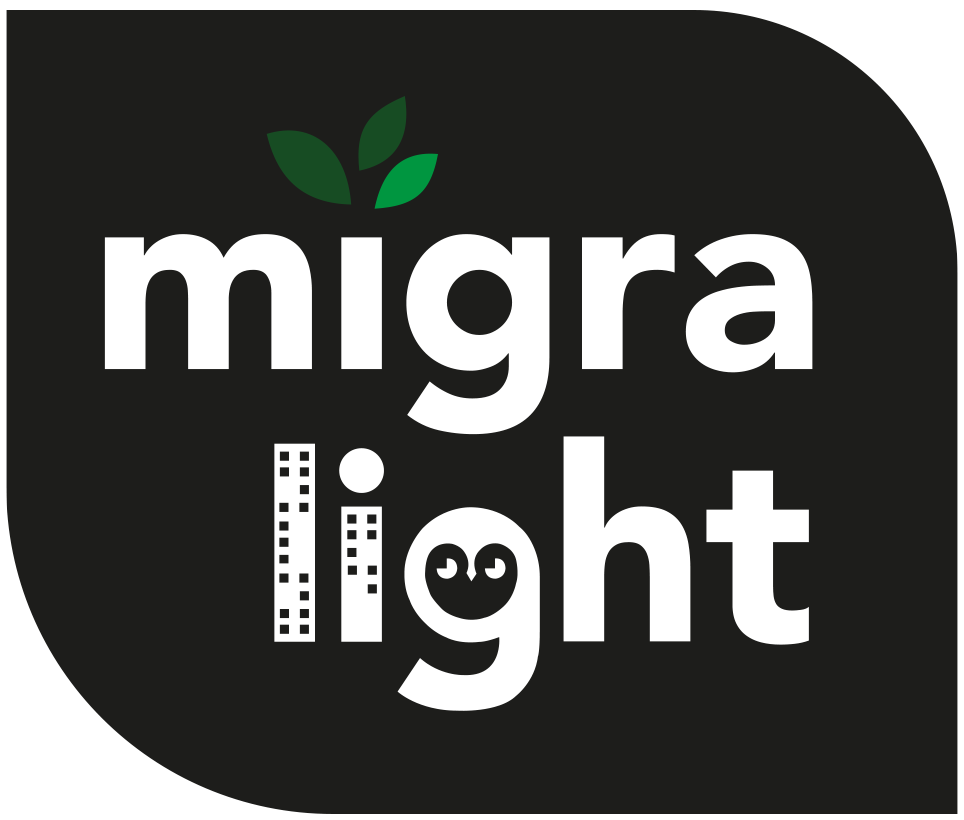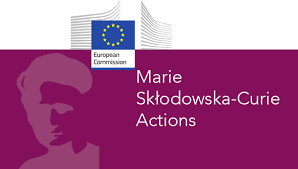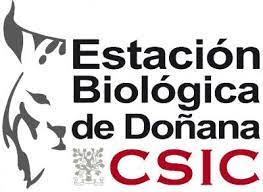Overview

Objectives
- Identify differences in migratory behaviour between urban and non-urban bird populations
- Test the effects of artificial light at night on migratory behaviour across a broad geographical range
- Determine genetic population structure and connectivity of migratory populations exposed to varying levels of anthropogenic environmental pressure
The study species
The Scops Owl is one of the smallest owl species and the only long-distance migratory owl in Europe. It breeds around the Mediterranean sea and winters in Sub-saharan Africa. Although vulnerable to endangered across its distribution range, it is often abundant and it commonly uses urban habitats to breed. Additionally, it readily uses nest-boxes to breed, which in combination with its abundance in human-altered habitats, makes this species an ideal candidate to investigate how migratory behaviours change in anthropogenic habitats and the evolutionary and ecological consequences of such changes.
Impact
Reliably predicting responses of organisms to novel selection pressures associated with anthropogenic global change is a primary goal in biological research. This project will test how urbanisation and artificial light at night affect bird migration, and what are the evolutionary consequences of such changes. The knowledge generated by this project can be relevant to our understanding of how urbanisation and artificial light at night impact species that provide ecosystem services with value for economy and society. This project will also increase public awareness of how urbanisation and artificial light at night affect nocturnal life. This could incentivise society to use artificial lighting more responsibly and shift people’s behaviour towards a more sustainable use of artificial light at night.
European network of scops owl collaborators
This project represents a multi-country collaboration, involving public and scientific organisations in Europe. If you want to hear more about the project or you also study scops owls and think that we can collaborate, please, get in touch!



